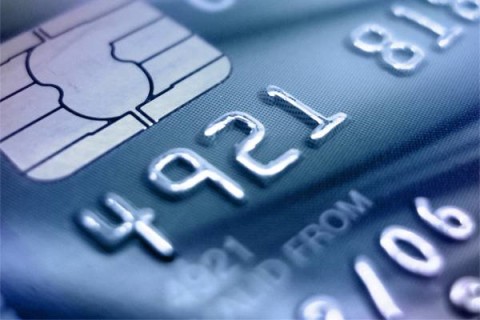The world of credit card payment systems has been getting rocked lately. From the large-scale credit card breaches at Target and Neiman Marcus to the changing economic landscape, big questions have been left unanswered. None larger, though, than the questions raised about EMV. Because of the regulations regarding the adoption of EMV in the US, most people don’t really understand what the implementation means and what will need to be done in order to be compliant with the new regulation.
One of the first questions to answer is “What is EMV anyway and how does it work?” EMV is short for Europay, Mastercard, and Visa. This system has been around since the 1990’s and has been in use in many parts of the world outside of the US. The cards are fitted with a microprocessor chip that transmits data to help deter credit card fraud. The chip communicates with the acquiring bank while the transaction is taking place to ensure that the card is actually present and accounted for at the time of the transaction. The pin or signature is an added bit of protection to help lock the process down even tighter.
Now that there’s a basic understanding of what EMV is, we need to understand what impact it will have on the way we do business.
In 2012, many of the US-based bank card brands adopted some rulings that would shift the liability of the charge-backs for merchants entirely onto the merchant if they don’t accept EMV. The ruling stated that by October 2015, every merchant needs to be able to accept EMV transaction. What’s that mean? By 2015, you either accept EMV, or you have to cover the payback of any credit mishap or disgruntled customer. The cost there could be enormous. Reason enough to make the switch. If that alone wasn’t enough, there have been some added incentives to merchants to adopt EMV such as changing their scope of PCI and reducing some processing fees.
Is EMV going to be safer for all parties involved? Yes. Will it disrupt life in the restaurant environment? Definitely.
In retail situations where 99% all transactions are being handled at a check-out counter, EMV will not be too different. However, in the restaurant space, there are generally two types of transactions that take place, neither of which will bring welcome challenges:
- Counter-Transactions – Usually you see these transactions in fast food and fast causal environments. In these environments, speed is paramount. In an EMV transaction, there is more communicating between banks going on, slowing the transaction process down considerably. Slower service is detrimental for fast-service restaurants.
- At-Table Transactions – At full-service restaurants, generally transactions take place away from the table at server stations or at a bar station. Because the person will have to physically be with the card, mobile payment devices will become mandatory. These devices will need WiFi or some other mobile network to run. Look for some great innovations in the devices themselves. Also, look forward to incredibly user-intuitive interfaces, as restaurants will lose money as waiters and waitresses have to walk customers through the payment process.
In reality, when the rubber meets the road, there’s going to be a lot of hurdles to overcome. For example, last time I called each of the major US processors we work with, only one had a platform that was ready to support EMV. Even with this, support was only based on one hardware platform. There’s already a delay on the processor side and that is creating a hindrance for the POS systems to meet their needs. It is a major bottleneck for the EMV movement.
Banks and other financial institutions have also been pushing back hard on EMV because of the enormous cost each will incur in reissuing chip-enabled cards. The new EMV cards cost almost 10 times as much as the traditional magnetic-strip credit cards. This deters banks from issuing these new cards, making it even harder to deploy this technology. Without everyone playing nicely, the switch to Chip-and-PIN, Chip-and-Sign, EMV, whatever you want to call it, is going to be a major PITA.
We receive a large number of calls from customers asking what we are doing about the impending switch to EMV. From our standpoint, we can’t do much until the processors begin accepting the chips. Once we have something to work with, the entire process will fall in line. Will it happen by October 2015? Some say yes, some say no, but the fact remains: EMV will come to the US whether we want it or not, so we might as well embrace it.
What are you doing to prepare for EMV in your business?

